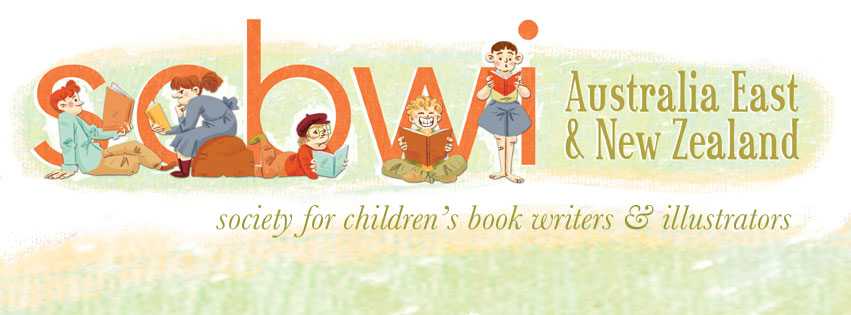It’s time for me to get back to blogging, but, from now on, without always spending hours researching or pedantically connecting all my posts to serious writing subjects, which takes away from real, actual writing time.
At the beginning of a new novel project real writing is top of my agenda.
At least that was the plan until I sat down to start and out poured a pile of… clunky, flat sentences, sour similes, in scenes seemingly going nowhere.

OMG! What had happened to the joyful act of writing that I remembered, the excitement and thrill of the perfect word or sentence appearing on the page? Dialogue that my characters had no trouble giving voice to?
Oh yeah, that was writing my last novel, of many, many drafts! Long contemplated, researched, workshopped, drafted and redrafted, edited and at last complete, and where for the longest time I’d known where my characters were going and why and what they were doing. In essence, working with a tame, respectable, easily approachable and beloved friend.
Starting a new project is more like opening the door to an unhouse-trained, ill-behaved, messy, unrecognisable, often traitorous beast.
“There is no beginning that is a blank page,” Amitava Kumar
The prospect of that blank page and beautifully set-up EMPTY Scrivener mss file became mind-boggling and scary and confidence crippling. In my panic, and procrastination, I buried myself in research. It took me awhile to work out that really I was just avoiding the blank page. I began to think I couldn’t write. My idea was crap. No-one would want to read it. And what did I know about Paris post-WW1 anyway?
“Creativity is always a leap of faith. You’re faced with a blank page, blank easel, or an empty stage.” Julia Cameron
Then I remembered I didn’t know much about pit villages in Scotland, early 20th century immigration, WW1 or shellshock until I began to read and research for my previous novel either.
Most importantly, after initially freaking out, then giving myself a stiff talking to, I recalled some sage advice from the wise pen of Ann Lamott, author of the popular writing book, Bird by Bird. “Writing is not rapturous. The only way I can get anything written at all is to write really, really shitty first drafts. The first draft is the child’s draft, where you let it all pour out and then let it romp all over the place, knowing that no one is going to see it and that you can shape it later.” Just what I needed to hear. And action.
“I have done, this year, what I said I would: overcome my fear of facing a blank page day after day, acknowledging myself, in my deepest emotions, a writer, come what may.” Sylvie Plath
Three weeks after giving myself permission to write crap, in fact insisting I write crap, if that’s all that hit the page, as long as I bloody-well wrote words, my word-count has grown by more than 12,000-words. After some further prodding and poking (editing), because I had actual words to work with, I can now see where my story is going. The tone and voice are developing and beginning to ring true. Scene by scene I’m getting to know my characters and their world. I’m beginning to really like my MC and love again the act of writing.
Of course, I’m not alone in fear of the blank page. It’s still scary at times, but I wouldn’t ever want to do anything else.
 But it’s all self-imposed and self-inflicted! And necessary. Of course I would love to go off on a fully-fledged writing retreat in some idyllic setting, meals laid on and nothing to interrupt the writing flow but my own thoughts. But with a young puppy in the house and planning an overseas trip next year, I can’t afford either the time away or the financial outlay.
But it’s all self-imposed and self-inflicted! And necessary. Of course I would love to go off on a fully-fledged writing retreat in some idyllic setting, meals laid on and nothing to interrupt the writing flow but my own thoughts. But with a young puppy in the house and planning an overseas trip next year, I can’t afford either the time away or the financial outlay.







































